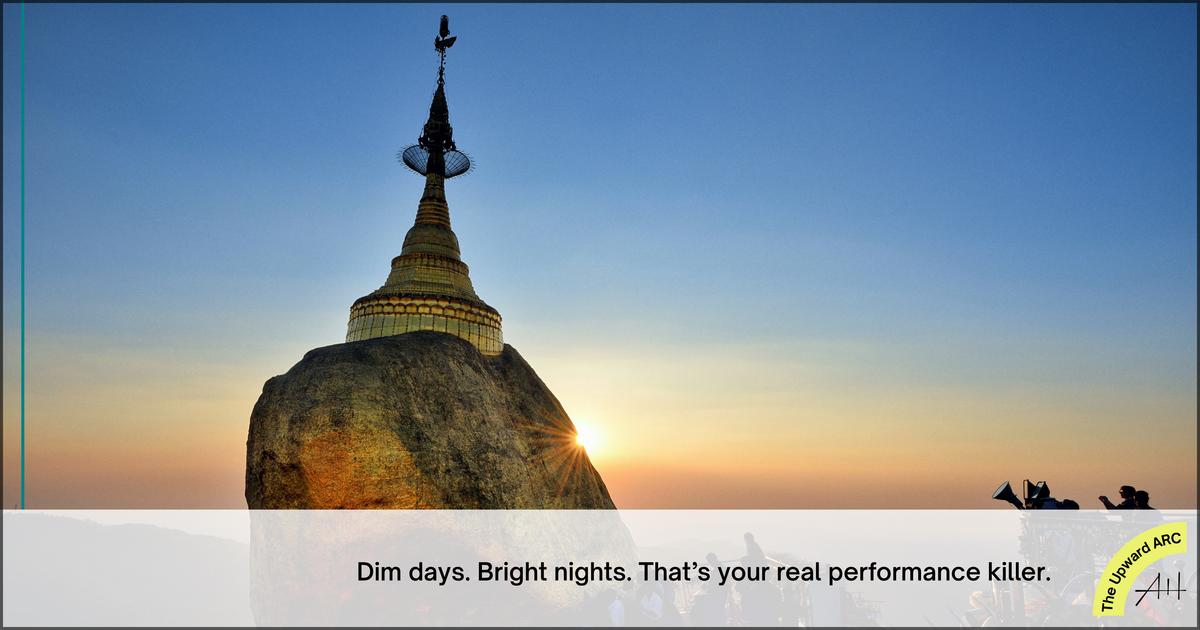Your Body Hates Bad Lighting: How Light Exposure Wrecks, or Restores, Your Health
Your body runs on light, not willpower. Read here how bad lighting wrecks your sleep, energy, and focus, and how to fix it. Skip the hacks. Align with biology. Perform better.

This post is for members only
Already have an account? Sign in.
